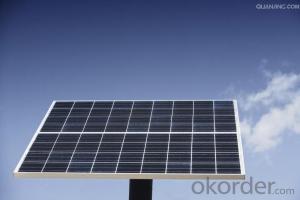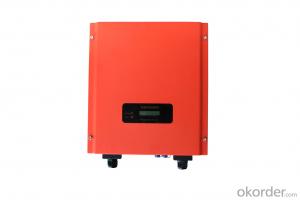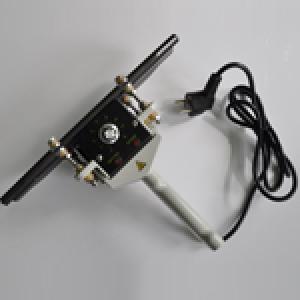Aims Solar Inverter
Aims Solar Inverter Related Searches
Aims Solar Inverter Charger Ags Solar Inverter Ampinvt Solar Inverter Inspire Solar Inverter Ac Inverter Solar Amaze Solar Inverter Intelligent Solar Inverter Aps Solar Inverter Afore Solar Inverter Abb Solar Inverter Inverter Solar Smart Solar Inverter Solar Ac Inverter Alpha Solar Inverter Ae Solar Inverter Gamma Solar Inverter Home Solar Inverter Power Solar Inverter Solar Smart Inverter Solar Home Inverter Abb Solar Power Inverter Smart Inverter Solar Icon Solar Inverter Aeg Solar Inverter Samsung Solar Inverter Solar Solar Inverter Solaris Solar Inverter Solar Light Inverter Inverter With Solar Input Install Solar InverterAims Solar Inverter Supplier & Manufacturer from China
Aims Solar Inverter is a high-quality product designed to convert solar energy into usable electricity for various applications. These inverters are engineered to optimize the performance of solar power systems, ensuring efficient energy conversion and reliable operation. They are essential components in harnessing the power of the sun and making it accessible for residential, commercial, and industrial use.The Aims Solar Inverter is widely used in a variety of settings, from powering homes and businesses to supporting off-grid applications and backup power systems. They are particularly beneficial in areas with limited access to traditional power sources, providing a sustainable and eco-friendly alternative. These inverters are also gaining popularity in regions where electricity costs are high, as they offer a cost-effective solution for reducing energy bills and increasing energy independence.
Okorder.com is a leading wholesale supplier of Aims Solar Inverter, offering a vast inventory to cater to the growing demand for solar energy solutions. With a commitment to quality and customer satisfaction, Okorder.com ensures that the Aims Solar Inverter is available at competitive prices and with fast shipping options. This makes it easier for businesses and individuals to access this essential technology and contribute to a greener, more sustainable future.
Hot Products

















































